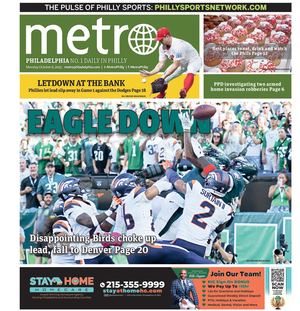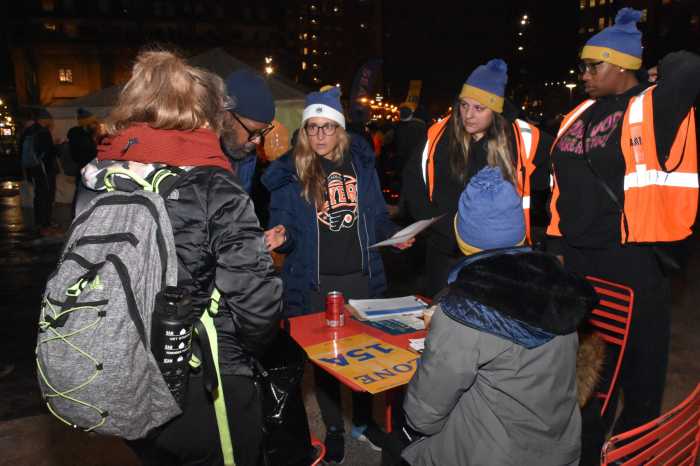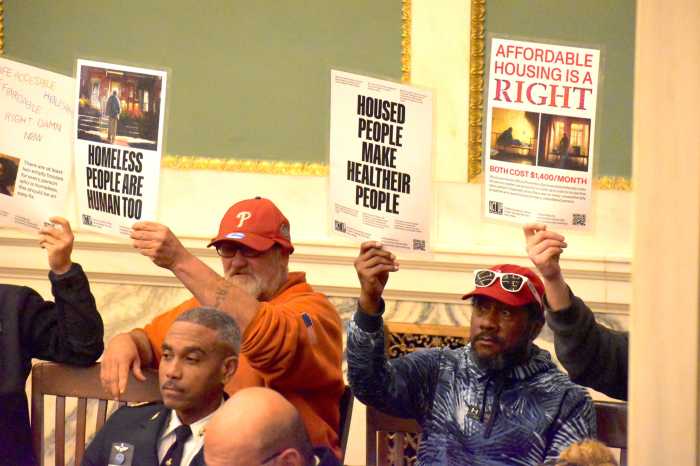Philadelphia’s Board of Education is set to consider this week whether to provide funding to extend a pandemic-era initiative to identify and support homeless youth and their families.
Federal grant funding, from the American Rescue Plan Act, allowed the School District of Philadelphia to pay three local nonprofits – Valley Youth House, Eddie’s House and HopePHL – to provide school-based services at the start of last school year.
Each agency operates its program slightly differently, although, in all cases, staff offer case management, housing assistance, counseling, eviction prevention and help with uniforms and transportation, representatives from the organization told Metro in an interview last month.
“The goal is to have people on the ground in the schools working with counselors and others to identify young people who may be at risk,” said Gwen Bailey, vice president of programs at HopePHL.
In addition to the students themselves, the providers said they have been working to identify and help parents and younger siblings, including those not old enough to attend school. A big focus has been children and teenagers who have dropped out or no longer attend class on a regular basis.
“About 40% of the close to 400 young people that our team identified last school year had either dropped out or disengaged with school, some as early as sixth grade,” said Alyssa Weinfurtner, Valley Youth House’s director of emergency services.
Nearly 60% of Philadelphia public school students experiencing homelessness were reported to be chronically truant, compared to 40% of all students, according to a policy brief prepared by the Philly Homes 4 Youth Coalition.
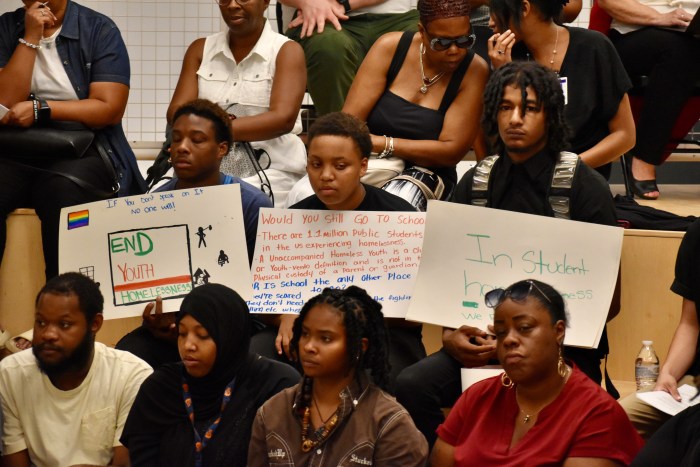
Collectively, the organizations have served about 1,000 students, according to school board documents.
The school system’s Office of Education for Children and Youth Experiencing Homelessness offered services to more than 10,000 pupils during the 2022-2023 school year – according to the most recent finalized data. District officials, over the summer, said that number rose nearly 20% last year.
While the statistics show a significant increase in housing insecurity for families, improved identification and outreach efforts may be allowing the district to locate and aid a population that has been difficult to reach in the past, members of the coalition said.
“Numbers are rising, and it’s hard to tell. Is that just because people are actually finally getting these services?” Weinfurtner said. “We don’t have a good gauge over the years, because these services didn’t exist. So it’s really hard to kind of understand the true scope of the issue.”
A federal law, the McKinney–Vento Homeless Assistance Act, mandates that school districts identify and provide services to housing insecure students through age 21. To meet the requirements, each school has a liaison – a role typically assigned to the counselor.
City Council members, during a July hearing, seemed incredulous that counselors, who have many other duties within the school, could have the time to provide the necessary support to homeless children.
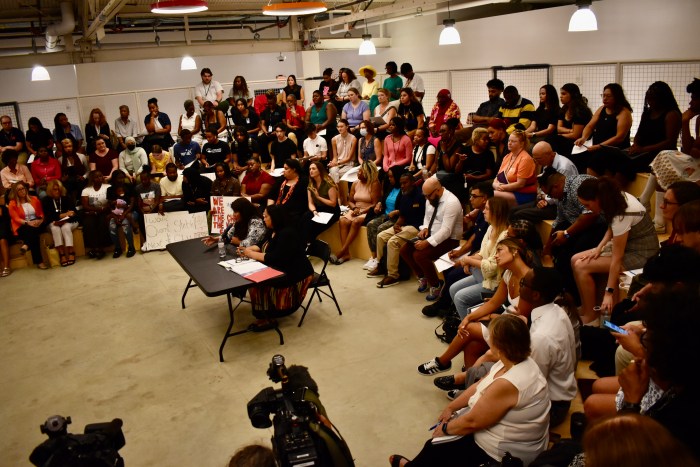
The three nonprofits are part of the Philly Homes 4 Youth Coalition, which has been working for more than a year to find the money to continue the school district partnership. They argue that it is an effective supplement to the district’s internal efforts.
Through APRA, the district received $4.5 million earmarked for homeless youth, and $3 million was dedicated to contract with the service providers. Federal guidelines stipulate that ARPA dollars must be used by Dec. 31.
District administrators at the July hearing said that the program would not continue into current school year unless the nonprofits found another funding source. However, the contract was later extended to December, using unspent contract money, according to the youth-serving organizations.
Nevertheless, some agencies “have already had to drop schools that they partnered with and scale back,” Weinfurtner said in mid-September. “We’re at pretty imminent risk of having to figure out what’s next.”
School board members, at a meeting Thursday afternoon, are scheduled to vote on a measure to spend an additional $2.36 million on the program, which would allow the initiative to operate through the end of the academic year.
For a long-term, stable funding source, the groups will likely have to continue advocating at the local, state and federal levels.
